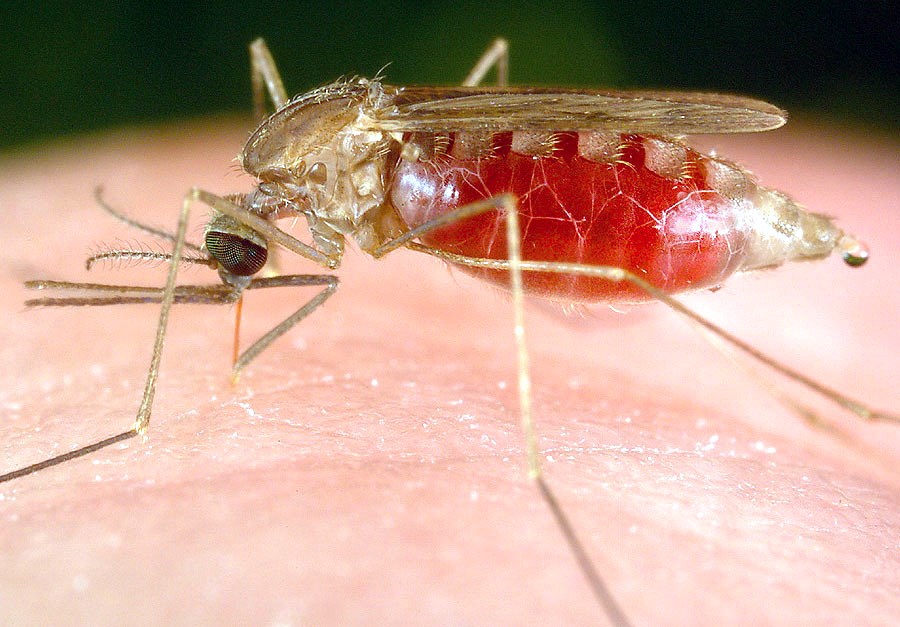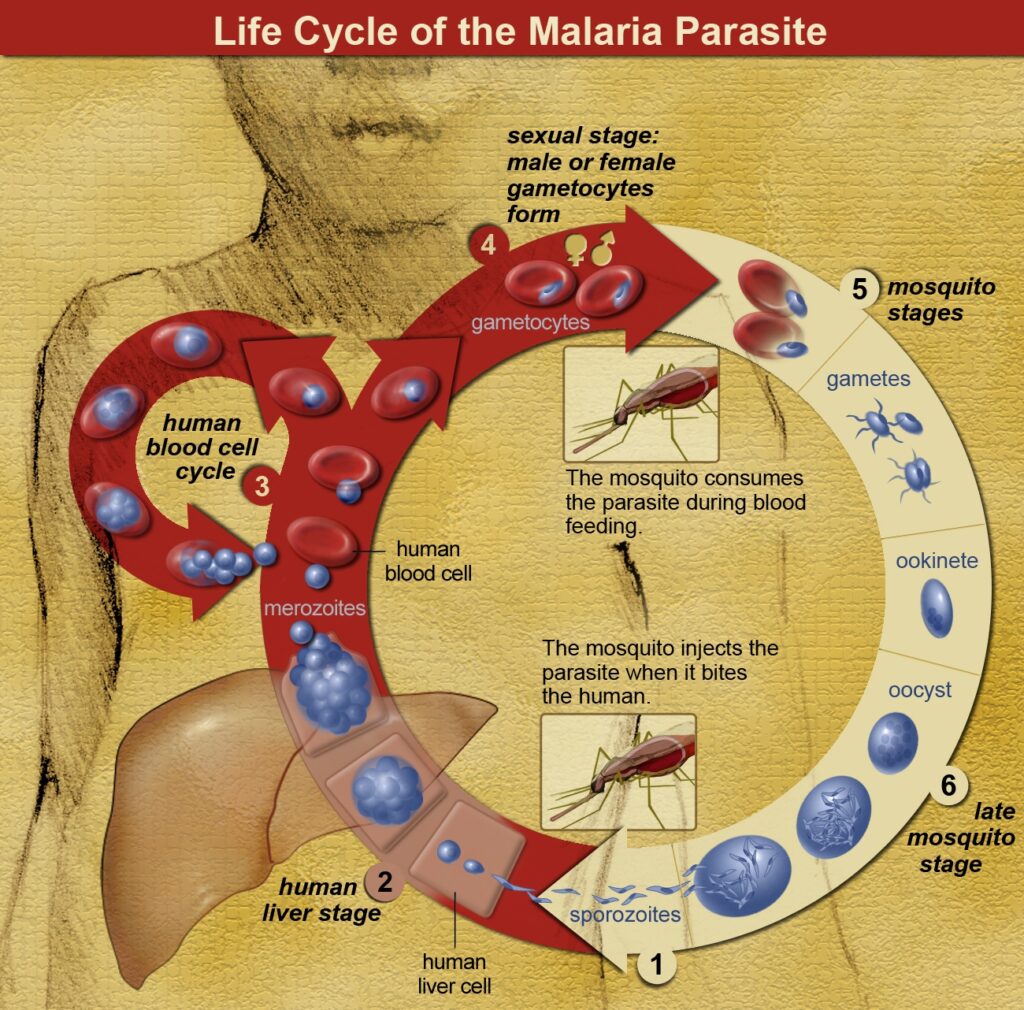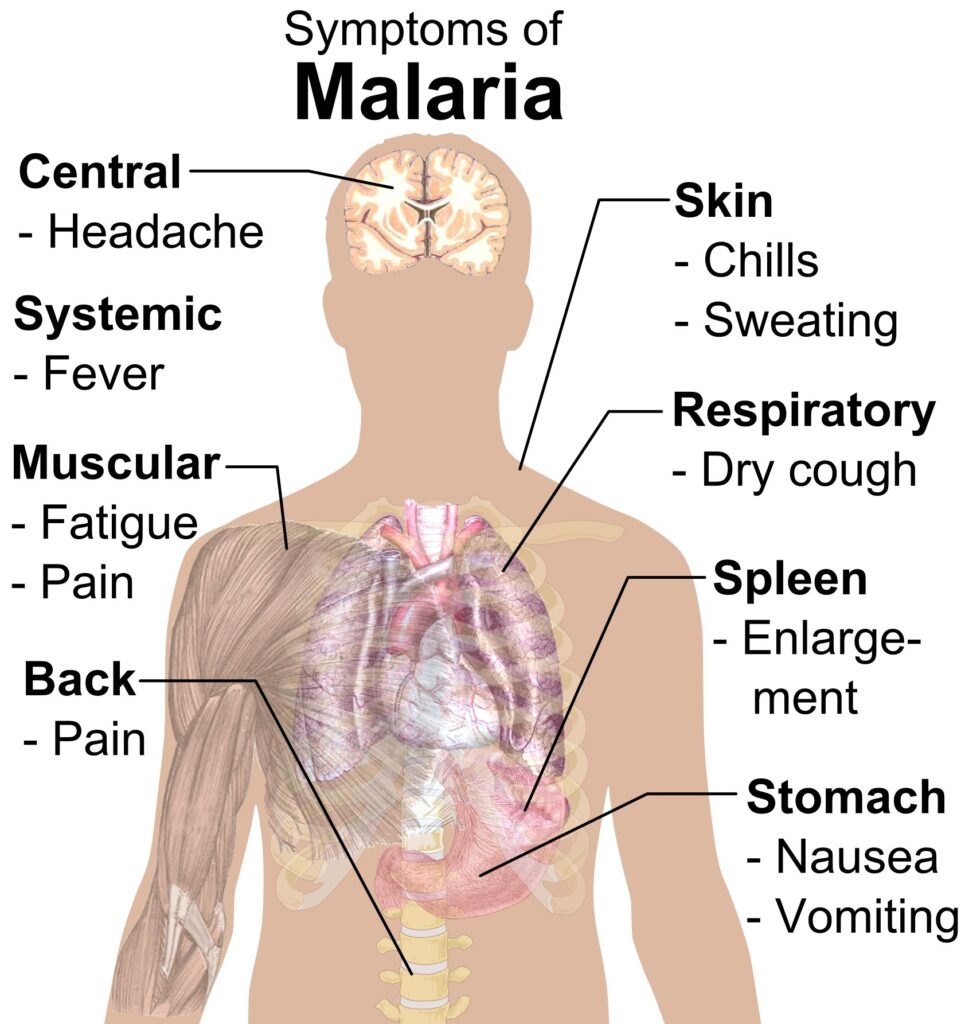By Henrylito D. Tacio
If you happen to visit some rural areas in the country, particularly those in the hinterlands, it’s not unusual to find each of the following patients waiting for medical attention:
* A man complaining of fever for the past two days; he is still able to work but wants treatment to make him feel better.
* A child whose mother is worried because the boy’s hand and lips have become almost as pale as paper, and he seems less energetic than usual.
* A young girl who is hot, deeply unconscious and having repeated convulsions of the whole body; her brother died the previous year with a similar illness.
The three patients have one thing in common: they are suffering from malaria. For the first, it is simply a nuisance; for the second, profound anemia has developed, which could be fatal, if left untreated; for the third, the function of the brain has been affected, and the child is in danger of losing her life.
Malaria cases
Last year, malaria cases in the country increased: from 3,307 cases recorded in 2022 to 4,777 cases reported between January and September 2023, according to the Department of Health (DOH).
Although malaria cases are no longer recorded in most provinces, at least three provinces – Occidental Mindoro, Sultan Kudarat, and Palawan – continue to report malaria cases. “Eighty to 90 percent of malaria cases come from the province of Palawan,” Jhobert Bernal, technical supervisor of the Research Institute for Tropical Medicine’s National Reference Laboratories for Malaria and Other Parasites, was quoted as saying by Manila Bulletin.
About 249 million cases of malaria are estimated to occur around the world each year. Of that number, about 608,000 die each year, mostly in children under five years of age, according to the Geneva-based World Health Organization (WHO).
Two malaria vaccines
Now, the good news: the United Nations health agency added the R21/Matrix-M malaria vaccine to the list of prequalified vaccines last October 2023. The WHO recommended its use for the prevention of malaria in children following the advice of the WHO Strategic Advisory Group of Experts (SAGE) on Immunization and the Malaria Policy Advisory Group.
“It’s a significant milestone in the prevention of the disease,” the WHO said in a statement.
The R21 vaccine is the second malaria vaccine prequalified by WHO, following the RTS,S/AS01 vaccine which obtained prequalification status in July 2022.
RTS,S/AS01 (commercial name: Mosquirix) is the only malaria vaccine approved and in current use. The vaccine’s use requires at least three doses in infants by age 2, with a fourth dose extending the protection for another 1–2 years. The vaccine reportedly reduces hospital admissions from severe malaria by around 30%.
“Both vaccines are shown to be safe and effective in clinical trials, for preventing malaria in children,” the WHO said. “When implemented broadly, along with other recommended malaria control interventions, they are expected to have a high public health impact.”
The prequalification of the world’s second malaria vaccine, developed by Oxford University and manufactured by Serum Institute of India, is poised to expand access to malaria prevention through vaccination. Demand for malaria vaccines is high but the supply has thus far been limited.
“Achieving WHO vaccine prequalification ensures that vaccines used in global immunization programs are safe and effective within their conditions of use in the targeted health systems,” explained Dr. Rogério Gaspar, WHO Director of the Department of Regulation and Prequalification.
Culprit: Mosquitoes
Malaria is caused by a bite of a mosquito, which has about 2,000 species. The species that transmit malaria are classified in the genus Anopheles. There are some 400 species of Anopheles mosquitoes, but only about 70 species are known to be responsible for transmitting malaria.
About 30 are of major importance, responsible for a significant amount of all malaria cases around the world.

On the other hand, malaria is caused by four types of plasmodium, a single-cell parasite found in the salivary glands of the said mosquitoes, and transmitted by the bite of the female Anopheles. Of these four types, Plasmodium falciparum produces the greatest number – and the most lethal – of infections.
Health experts say malaria can also be transmitted accidentally by blood transfusion, or through contaminated needles or syringes. During pregnancy, fetuses can become infected with parasites from the blood of the mother.
According to a WHO publication, Rural Health, the malaria parasite is not simply transferred from one person to another but must live part of its life in the mosquito. It is for this reason that malaria is such a threat to health in the tropics but not in cooler countries or at high altitudes (where the temperature is lower).
Malaria infection cycle

“The cycle of malarial infection begins when a female mosquito bites a person with malaria,” explains The Merck Manual of Medical Information. “The mosquito ingests blood that contains malarial parasites. Once inside the mosquito, the parasite multiplies and migrates to the mosquito’s salivary gland. When the mosquito bites another person, the parasites are injected along with the mosquito’s saliva. Inside the person, the parasites move to the liver and multiply again. They typically mature over an average of one to three weeks, then leave the liver and invade the person’s red blood cells.”
It is at this point that the bitten person begins to feel the symptoms. The first signs are usually fever and a general feeling of aching and being unwell, often with a bad headache.
Many people who have had malaria feel that they can tell it from other illnesses, but this is a dangerous belief since at this stage malaria is easily confused with many other illnesses such as an attack of flu. Other symptoms such as cough, vomiting or diarrhea may lead the patient to think the problem is a chest infection or a stomach upset.
If treatment is not started quickly, the patient gets more ill. “Malaria can kill an individual in just an hour, if the one being infected is not aware that he’s been bitten,” the WHO pointed out.

Symptoms of malaria
The symptoms are caused by the destruction of the red cells, causing anemia, the release of toxins into the bloodstream as the parasite bursts out of the red cells, and the blocking of small blood vessels throughout the body.
The patient becomes weaker. Danger signs include persistent vomiting, becoming confused, increasing difficulty in breathing, or having an epileptic fit. The patient may become unconscious, a condition known as “cerebral malaria.”
Any of these symptoms is a sign of a serious problem and the patient needs urgent admission to a hospital or health center with the facilities for good inpatient care.
Prevention
An ounce of prevention is better than a pound of cure, so goes a saying. Filipinos must remember these simple prevention steps from the UN health agency:
· Sleep in a room that has screens that can protect you from mosquitoes.
· If there are a lot of mosquitoes in your place, be sure to have mosquito repellant sprays or lotion for protection.
· Practice hygiene and sanitation.
· If you see some signs and symptoms of malaria, rush the individual to the nearest clinic or hospital.
· Make sure that the authorities in your place will know about the malaria outbreak (if there is such) as soon as possible. – ###








